- Nissan Versa, 1.6-liter four-cylinder engine
- Nissan Versa 1.6 Base
- Nissan Versa 1.8 S
- Nissan Versa 1.8 SL
Model or production year(s): 2010
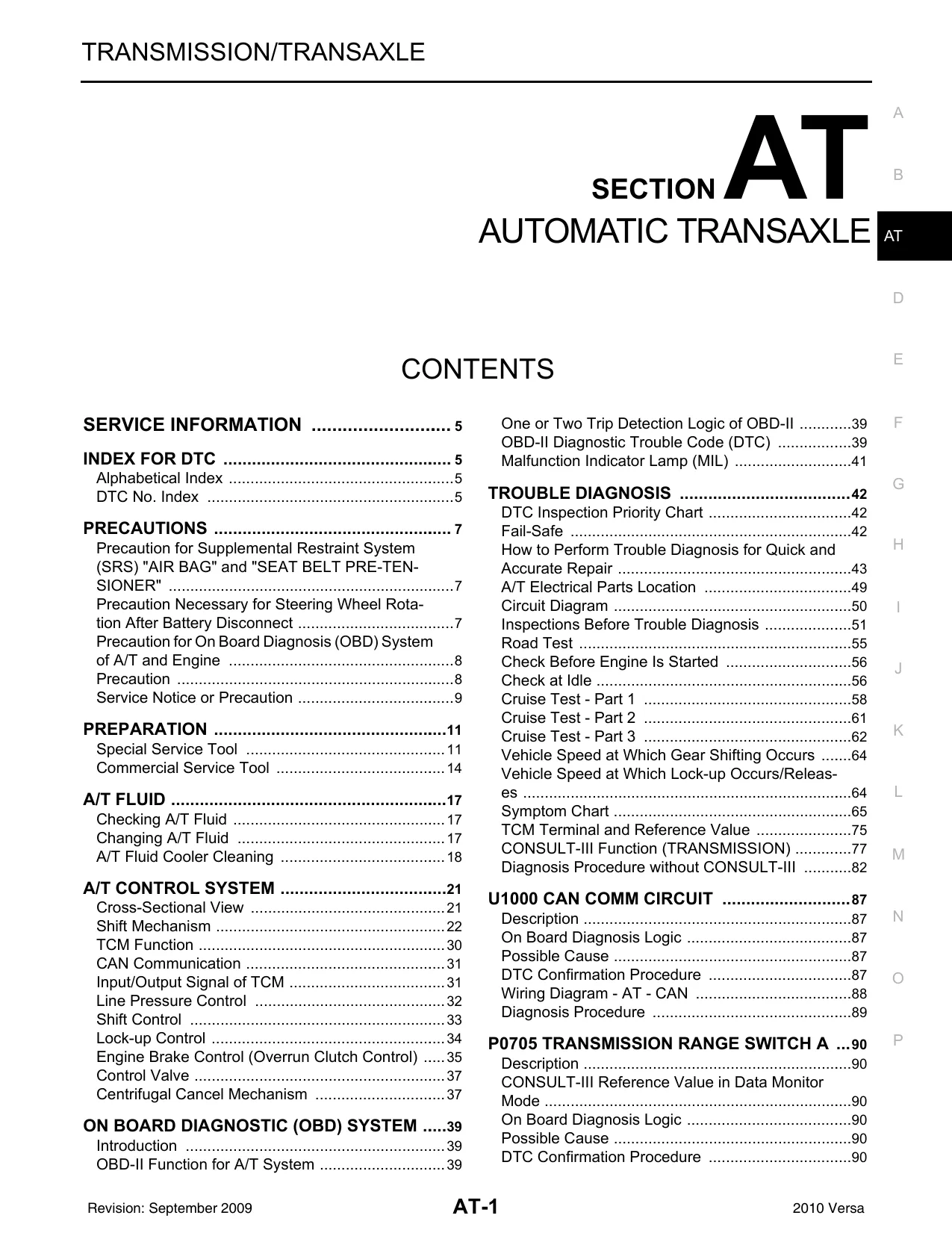
Sample pages from the 2010 Nissan Versa service manual manual

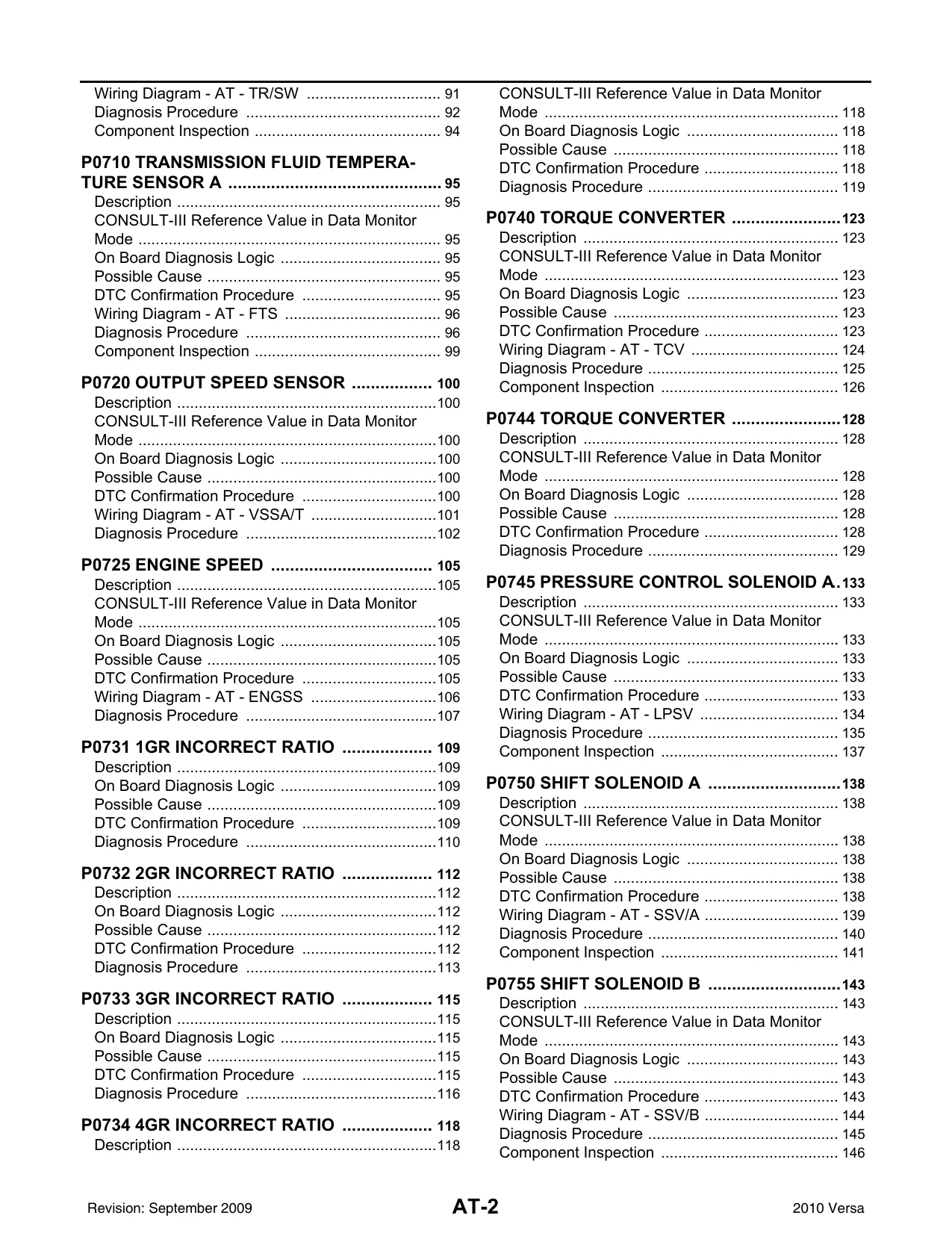
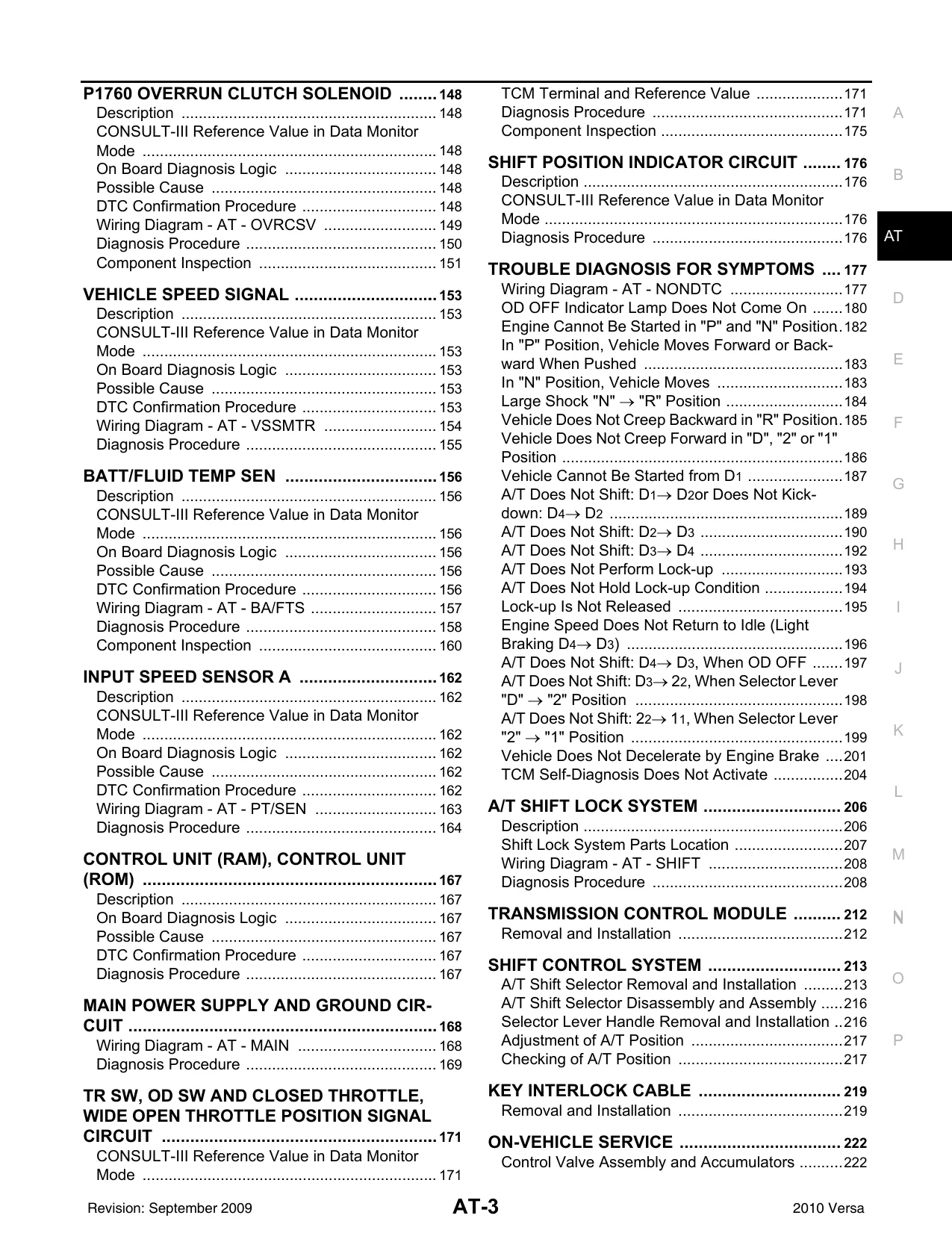
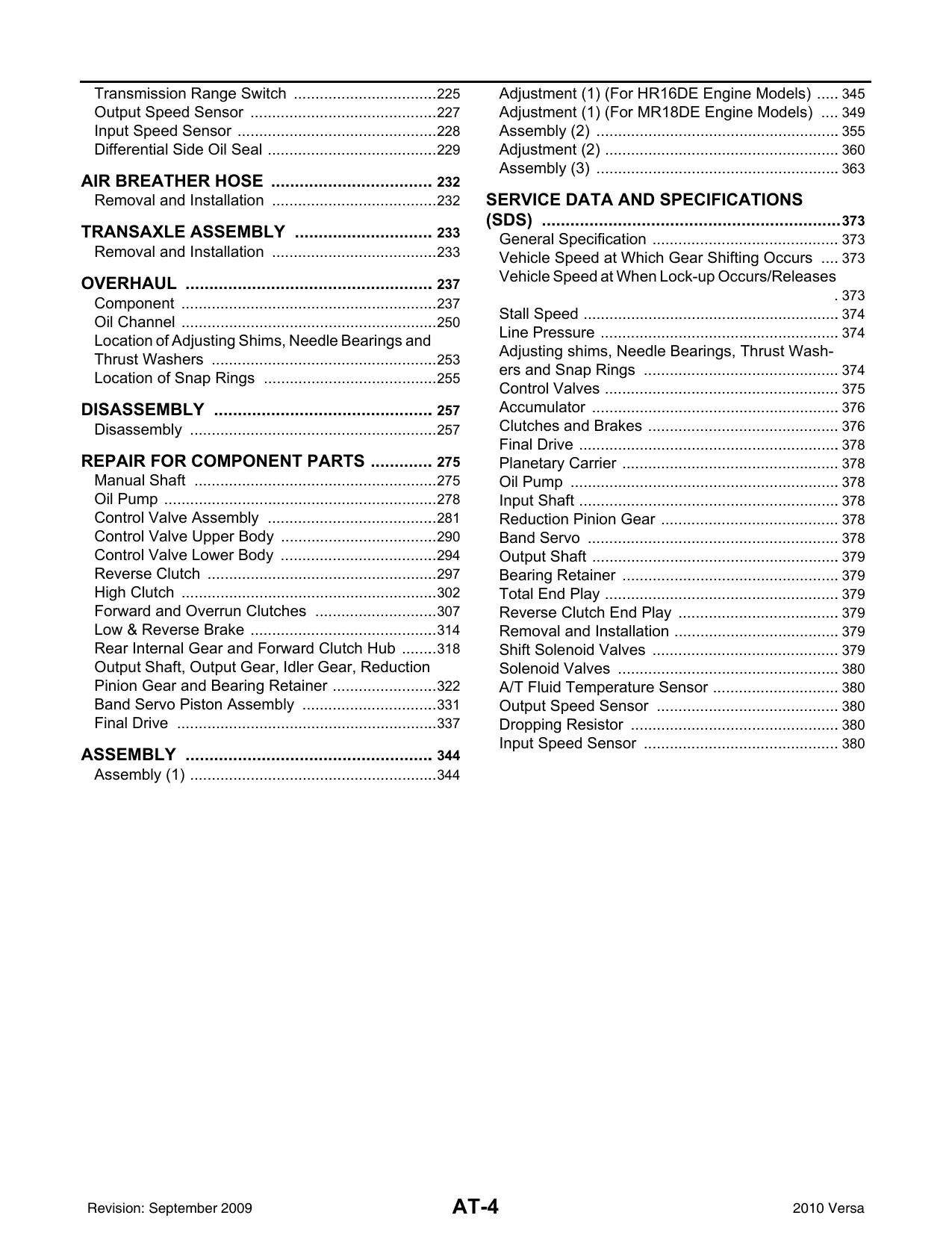
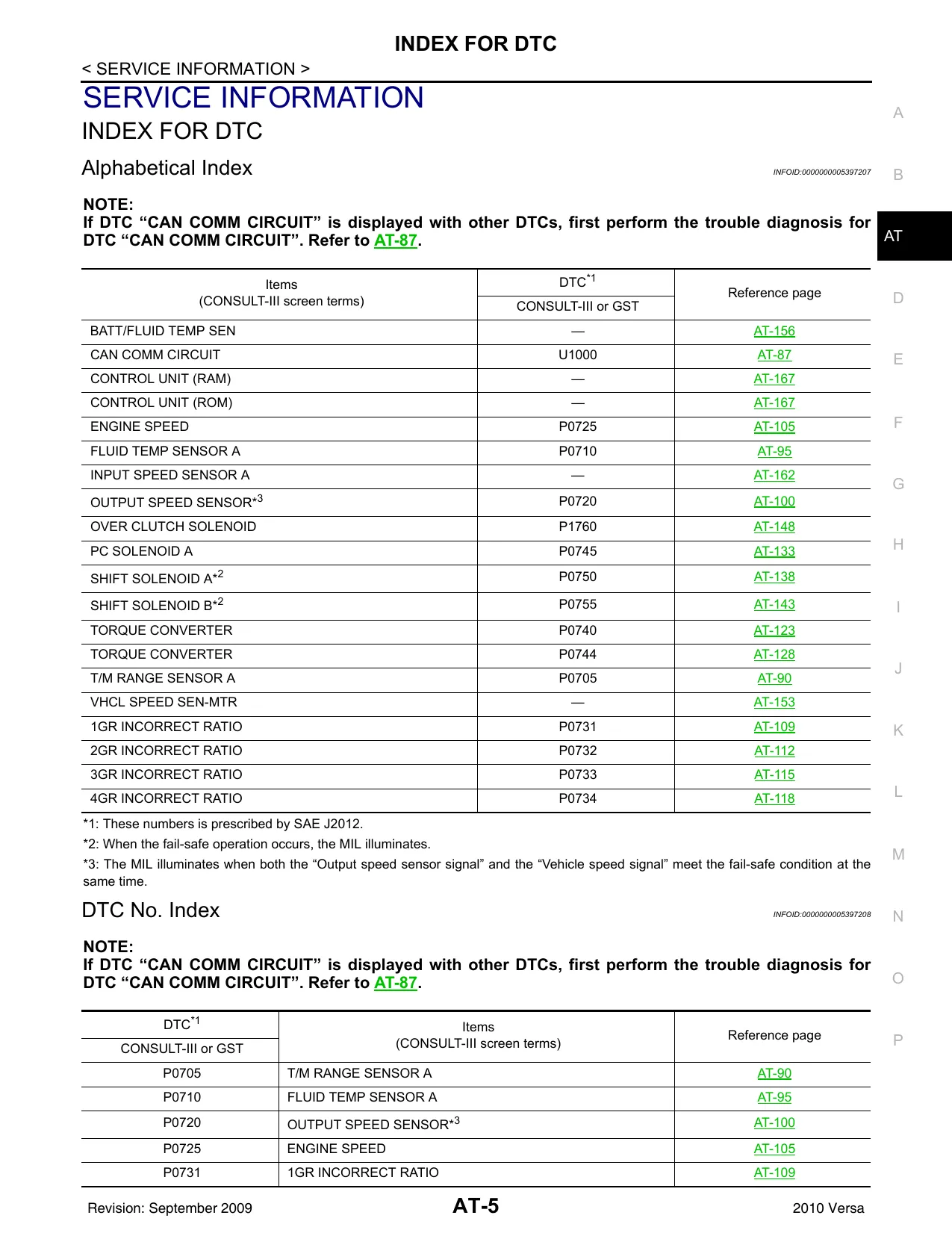
Model or production year(s): 2010
This comprehensive service manual covers detailed repair procedures, maintenance schedules, troubleshooting guides, and technical specifications for 2010 Nissan Versa service manual. It includes information for the following models: - Nissan Versa, 1.6-liter four-cylinder engine - Nissan Versa 1.6 Base - Nissan Versa 1.8 S - Nissan Versa 1.8 SL Model or production year(s): 2010 .
Yes, this Nissan manual is designed for both professional technicians and DIY enthusiasts. It includes step-by-step procedures with clear illustrations and safety guidelines for Car maintenance and repair.
You will receive this manual as a ZIP file (66.94 MB), which is compatible with all devices. The manual is fully searchable and printable for your convenience.
You'll receive instant access to your Nissan Car manual immediately after payment completion. The download link is valid for 3 days, with lifetime re-download guarantee.
Yes, this automotive service manual typically includes electrical wiring diagrams, component locations, and diagnostic procedures specific to your Nissan vehicle model.
Absolutely! This digital manual allows you to print any section you need, from individual pages to complete chapters, making it perfect for workshop use.
Read what our customers say about this Nissan Car manual and share your own experience.
This policy contains information about your privacy. By posting, you are declaring that you understand this policy:
This policy is subject to change at any time and without notice.
These terms and conditions contain rules about posting comments. By submitting a comment, you are declaring that you agree with these rules:
Failure to comply with these rules may result in being banned from submitting further comments.
These terms and conditions are subject to change at any time and without notice.
Comments (2)